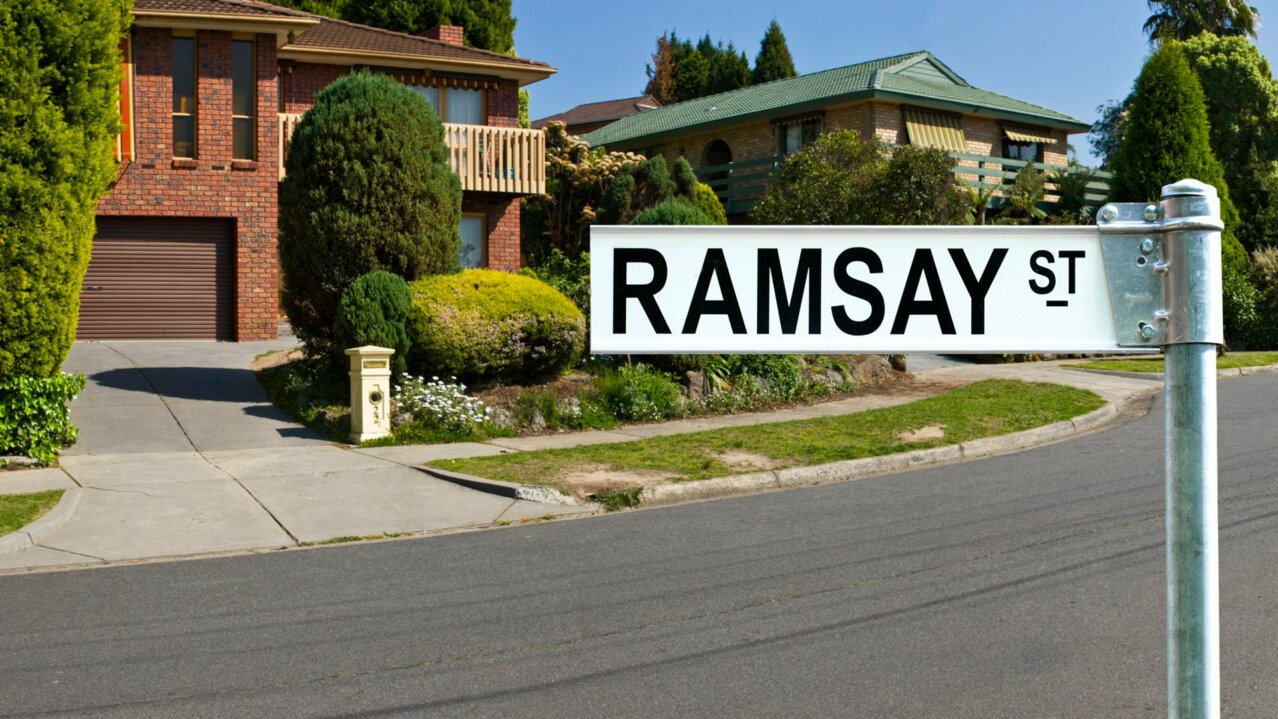The latter half of 2022 proved to be a rollercoaster in the video-on-demand market (VOD). Neighbours fans faced the shock announcement of the show’s cancellation from Channel 5 after 21 years on air. Yet, just 3 months later, there was a surprising turn of events as Amazon Freevee (previously IMDb TV) made headlines announcing it had bought the rights to stream Neighbours. During this time, ITV also caused a splash, relaunching their new streaming platform ITVX, with a host of new content and a refreshed look and feel. But what do both of these platforms have in common?
As the battle for audiences’ attention heightens, brands are finding new ways to compete. Both Freevee and ITVX have capitalised on a new format of TV which they hope will help set them apart from the vast sea of other streamers – FAST channels.
But what is a FAST channel?
FAST channels (Free Ad-Supported Television) closely resemble traditional broadcast TV in many ways. They follow a scheduled programming format, and run continuously, so viewers can tune into whatever is playing. As the name suggests, they also have ad-breaks, mirroring traditional broadcast. One key difference is that FAST channels are exclusively available online, typically on free, ad-supported video-on-demand platforms, known as AVOD. FAST channels also often have a specific niche, with programmes on each channel centred around a particular genre, interest or show.
What’s the appeal of FAST channels?
FAST channels have been gaining prominence, and showing signs of success in North America for a few years, now accounting for 5% of total US viewing time.
So why, when there are so many ways to watch content nowadays, do audiences opt for FAST channels?
- Subscription fatigue – Many viewers experience ‘subscription fatigue’, i.e. a reluctance to pay for another video service. A survey conducted by our proprietary research tracker, ScreenThink, in December 2022 revealed that already having enough subscriptions was one of the most frequently cited reasons viewers gave for not planning to sign up to a new SVOD service. In an increasingly crowded landscape of subscriptions, free alternatives may be more attractive to viewers with subscription fatigue, as well as those who are looking for ways to save due to the increased cost of living.
- Choice paralysis – Choice paralysis is a commonly used term when talking about the abundance of choice viewers have when looking for something to watch, which can lead to them being unable make a decision. FAST channels eliminate an element of this – you simply choose a channel and watch whatever is playing at that moment, harking back to a simpler time of traditional TV viewing.
- Niche interests – Often grouped and curated around a certain theme, viewers can indulge in a niche interest or favourite show, perhaps filling a content gap in the platforms they already subscribe to.
The curated format of FAST channels also makes them an attractive space for advertisers, who can run targeted ads and know that they are reaching a specific audience. They also provide brands with the opportunity to monetise back catalogues of content, increasing exposure to programmes that would otherwise be archived.
Emergence of FAST channels in the UK
While the US has witnessed the momentum of FAST channels, the UK is slightly behind in terms of awareness and usage. However, recent market changes suggest FAST channels could gain prominence in the near future – with well established brands in the UK drawing viewers’ attention to this alternative way of accessing content:
- ITV – While ITV Hub previously gave viewers the option to ‘simulcast’ (watch channels like ITV1 and ITV2 live on the app at the same time as they are broadcast on traditional TV), the new FAST channels available on ITVX are exclusive to the app. Viewers are invited to binge old series of their favourite ITV reality shows with channels devoted solely to Love Island, The Only Way is Essex, and The Real Housewives UK, or even to take a trip back to the 90s with a channel devoted to 90s gems.
- Amazon – Awareness of Amazon Freevee is likely to have been boosted significantly following their announcement that they will be bringing back such an iconic soap as Neighbours. They are also adding box sets of old episodes, with the next batch due to be added next month, hoping to attract viewers to the service ahead of the relaunch.
- Pluto TV – While popular in the US, Paramount’s AVOD service, Pluto TV, features a long list of FAST channels and is growing its UK presence. We’ve seen awareness of Pluto TV grow among the UK population in ScreenThink data from 9% in June 2021 to 20% at the end of last year, with the percentage of those who have ever used it increasing from 2% to 6% in the same time period.
Will FAST channels pick up pace in the UK?
It’s early days for the FAST channel market in the UK, and although we could look to the US as a predictor of what is to come, key differences in the two markets imply that FAST channels might not take off so fast over here.
For a long time, UK viewers have had access to high quality content for free through both free-to-air linear channels and broadcaster video-on-demand (BVOD) services from the likes of the BBC and Channel 4. As these already fulfil similar needs, it prompts us to ask: do FAST channels offer something new and compelling enough to attract UK viewers?
~
As more FAST channels become available in the UK, we’re using our ScreenThink tracker to explore and measure viewing patterns in this emerging area of the TV landscape. If you’d like to hear more about this, please do not hesitate to get in touch.
